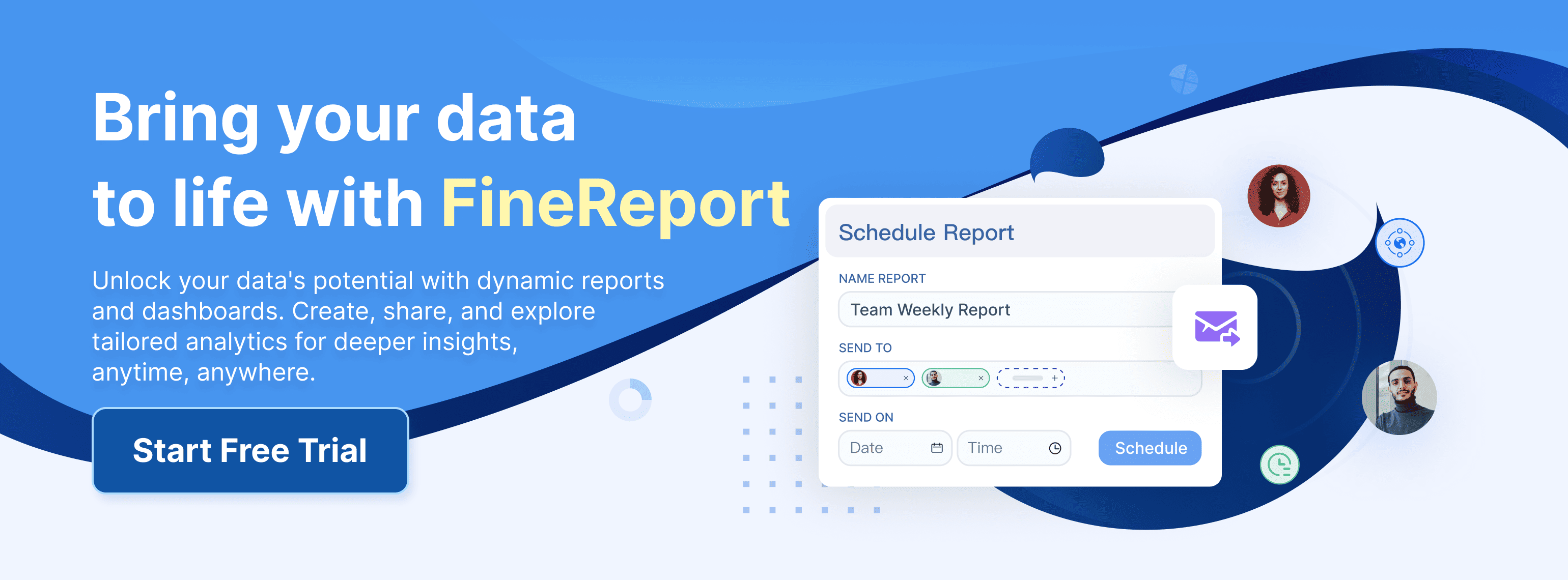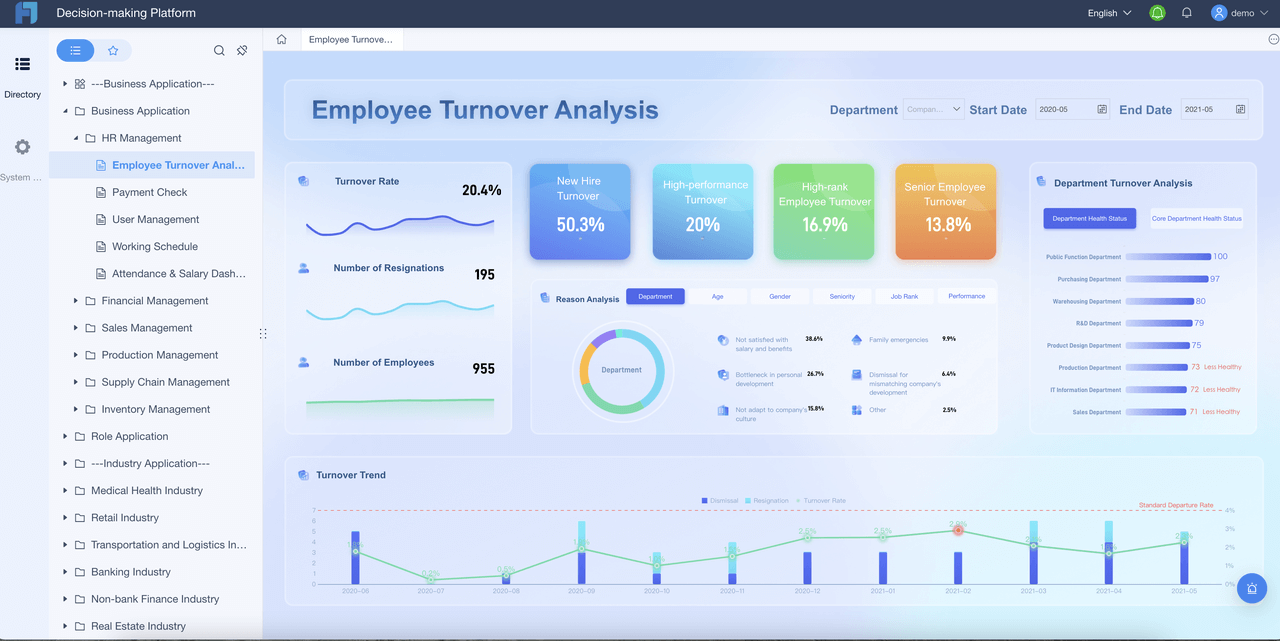In 2025, software reporting tools play a crucial role in transforming raw data into actionable insights. These tools empower you to make informed decisions by providing clear and concise reports. FineReport and FineBI stand out as top choices for businesses seeking efficient data analysis and visualization. FineReport excels in creating pixel-perfect reports, while FineBI offers self-service analytics for deeper insights. By leveraging these tools, you can enhance your data-driven strategies and drive growth.
Types of Software Reporting Tools
Software Reporting Tools:Business Intelligence Tools
Overview
Business Intelligence (BI) tools are pivotal in converting raw data into actionable insights, empowering organizations to make informed decisions. By analyzing and visualizing complex datasets, these tools facilitate a deeper understanding of business dynamics, ultimately enhancing strategic planning and operational efficiency. In an increasingly data-driven world, leveraging BI tools is essential for businesses seeking to maintain a competitive edge.

Key Features of Software Reporting Tools
- Data Integration: Leading BI tools, such as Power BI and Sisense, excel at integrating data from diverse sources, creating a comprehensive and unified view of information. This seamless integration enables organizations to access real-time data across multiple platforms.
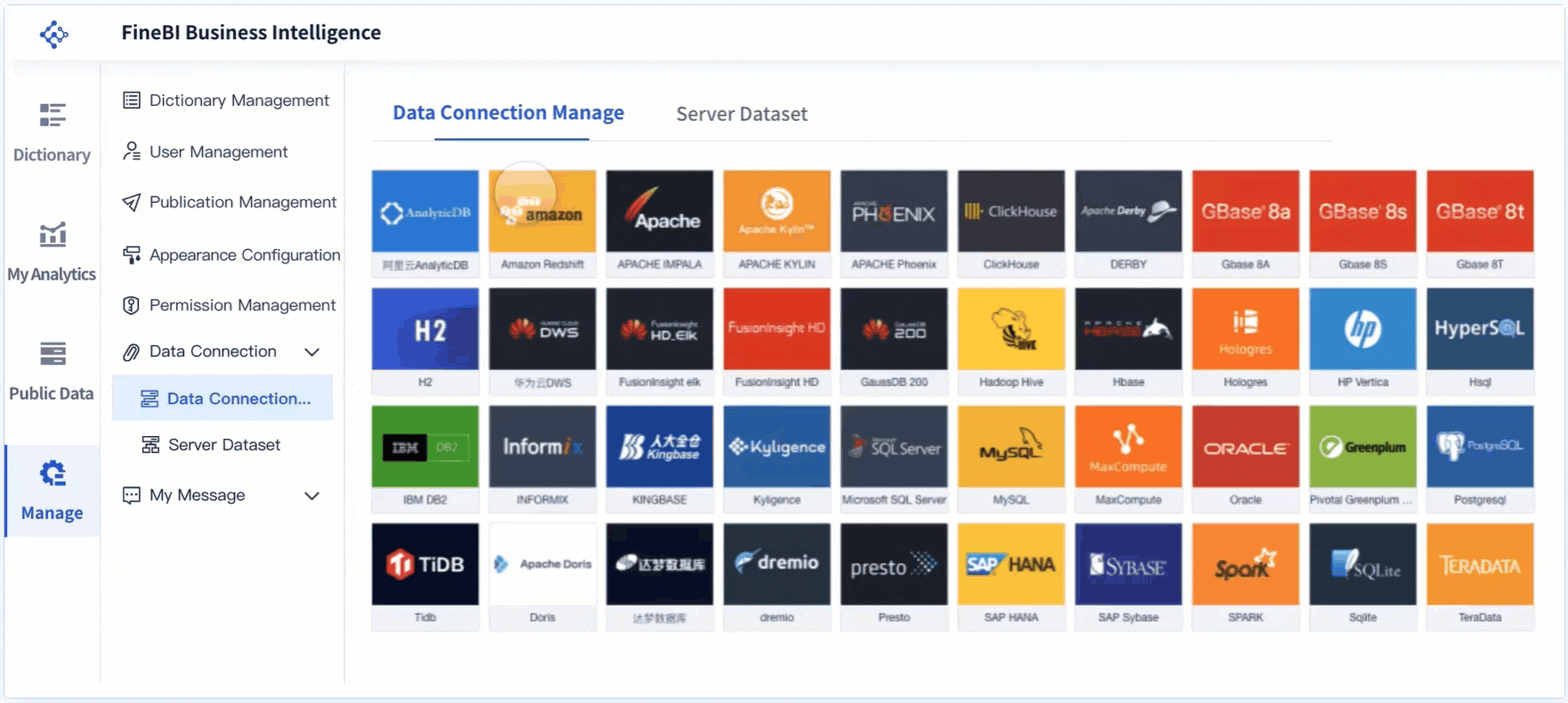
- Interactive Dashboards: With tools like FineBI and QlikSense, users can create dynamic reports and interactive dashboards that automate data presentation. These visualizations allow stakeholders to explore trends and insights intuitively, fostering a culture of data-driven decision-making.
- Advanced Analytics: Platforms like TIBCO Spotfire provide robust predictive analytics and sophisticated data modeling capabilities. These advanced features empower organizations to forecast future trends, identify patterns, and make proactive decisions that drive growth and efficiency.
Software Reporting Tools:Data Visualization Tools
Overview
Data visualization tools play a crucial role in transforming raw data into visually compelling representations, making complex information more accessible and understandable. By converting data into charts, graphs, and maps, these tools help identify trends, patterns, and outliers, enabling users to glean insights at a glance. In today's data-centric environment, effective visualization is key to informed decision-making and strategic planning.

Key Features
- User-Friendly Interface: Tools like FineBI and Zoho Analytics offer intuitive and user-friendly interfaces, allowing users of all skill levels to create impactful visualizations effortlessly. This accessibility encourages wider adoption within organizations and enhances collaborative efforts in data analysis.
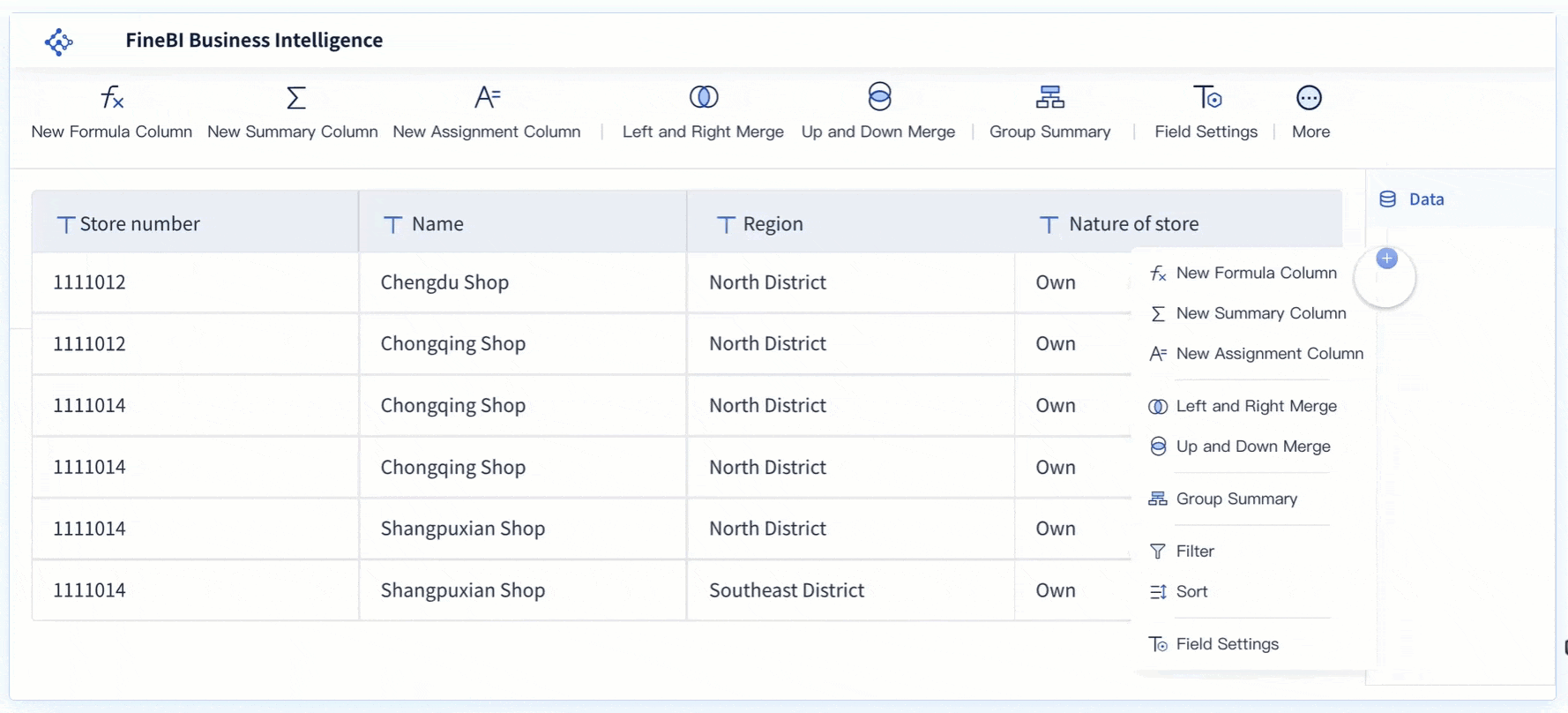
- Multiple Data Sources: These visualization tools are designed to integrate seamlessly with a variety of data sources, including databases, spreadsheets, and cloud services. This versatility facilitates comprehensive analysis, enabling users to draw insights from diverse datasets in a unified platform.
- Customizable Visuals: With the ability to create tailored visualizations, users can adapt visuals to align with specific business needs and objectives. This customization ensures that the insights presented are relevant and actionable, allowing stakeholders to focus on what matters most to their decision-making processes.
Software Reporting Tools: Financial Reporting Tools
Overview
Financial reporting tools are essential for managing and analyzing financial data, providing organizations with the insights needed to track performance and make strategic decisions. These tools facilitate effective budgeting and forecasting, enabling businesses to navigate financial landscapes with confidence. By leveraging these tools, organizations can enhance their financial transparency and accountability.
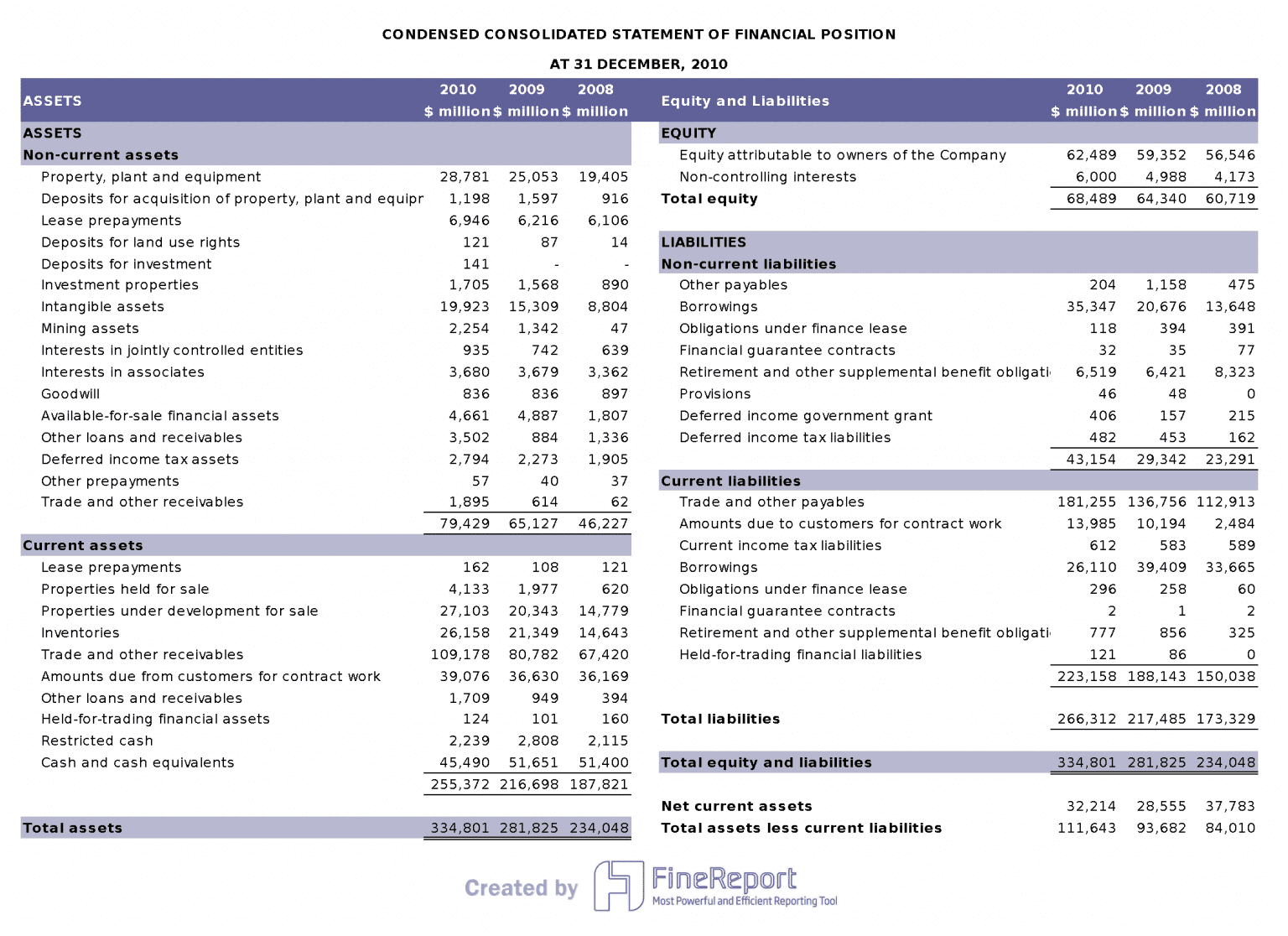
Key Features
- Real-Time Data Access: Access up-to-date financial information for timely decision-making.
- Comprehensive Reports: Generate detailed financial statements and reports.
- Integration with Accounting Systems: Seamlessly connect with existing accounting software for streamlined operations.
By understanding these types of software reporting tools, you can choose the right solution to meet your business needs and drive growth.
Detailed Comparisons of Top Software Reporting Tools
Tool 1: FineReport
FineReport distinguishes itself as a powerful and versatile reporting tool designed to meet a wide range of business needs. Its user-friendly interface, reminiscent of Excel, ensures that users familiar with spreadsheet software can navigate and utilize its features effortlessly. This intuitive design significantly reduces the learning curve, enabling quick adoption across teams.
Website: https://www.fanruan.com/en/finereport
With FineReport, users can effortlessly create pixel-perfect reports that maintain high visual standards. The platform’s drag-and-drop functionality simplifies the report creation process, allowing for quick arrangement and customization of elements. This ease of use empowers users to focus on analyzing data rather than getting bogged down in complex formatting, resulting in efficient and effective reporting that meets the demands of today’s fast-paced business environment.
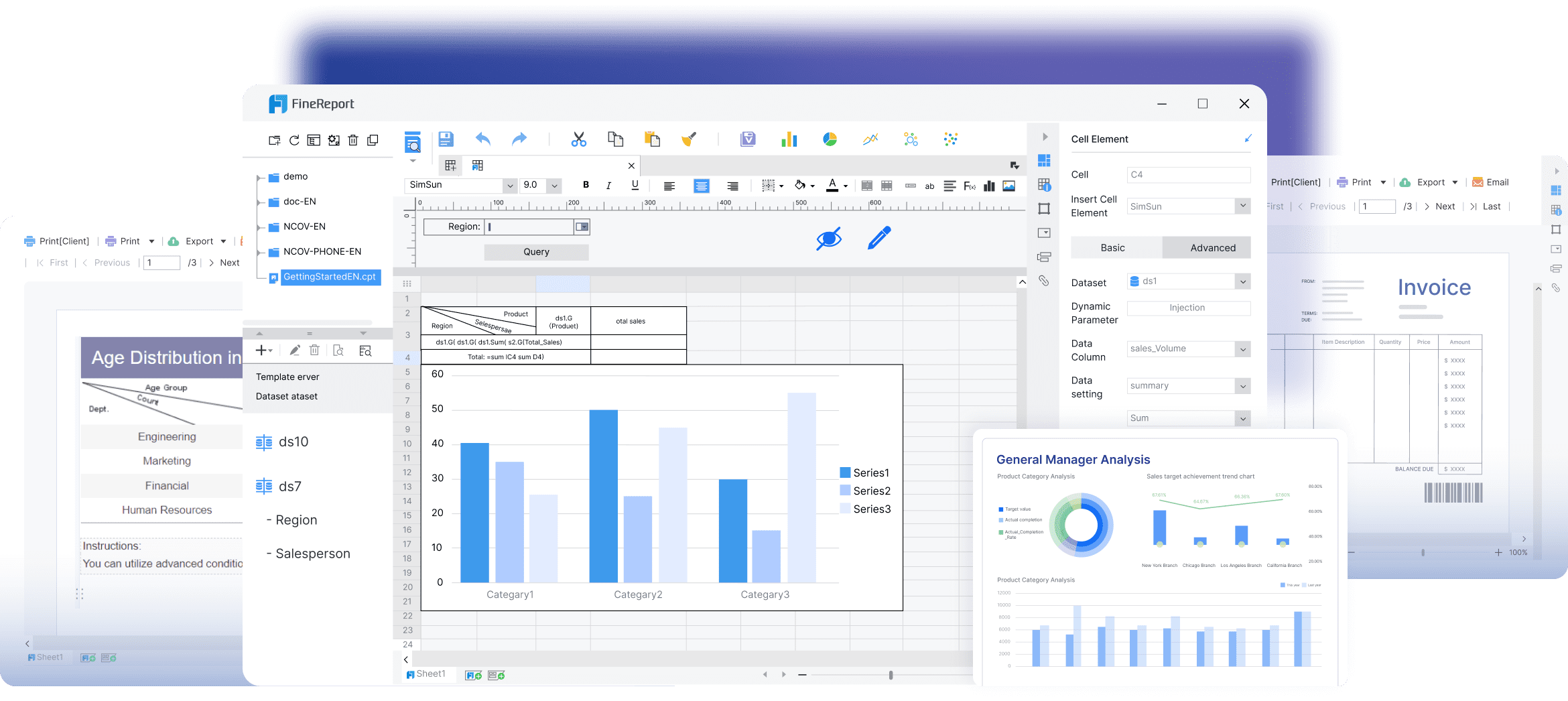
Pros and Cons
Pros:
- Customization: FineReport empowers users to tailor reports to their specific business needs, providing flexibility in design and functionality. This level of customization ensures that reports effectively communicate the desired insights and align with organizational branding.
- Real-Time Data Integration: The platform supports real-time data updates, guaranteeing that your reports reflect the most current information. This feature is crucial for making timely decisions and enhances the accuracy of the insights presented.
- Diverse Visualization Options: FineReport offers a wide array of charts and graphs, enabling users to present data in the most effective manner. This variety allows for enhanced storytelling through data, making complex information more accessible and engaging for stakeholders.

FineReport also supports data entry function
Cons:
- Learning Curve: Although FineReport is user-friendly, new users may need time to fully explore and master all its features. Familiarization with the platform’s capabilities is essential to maximize its potential and ensure effective reporting.
- Resource Intensive: Running complex reports might demand significant system resources.
Tool 2: Microsoft Power BI
Microsoft Power BI is a powerful business intelligence tool known for its interactive visualizations. It integrates seamlessly with other Microsoft products, making it a popular choice for organizations already using Microsoft Office.
Website: https://www.microsoft.com/en-us/power-platform/products/power-bi
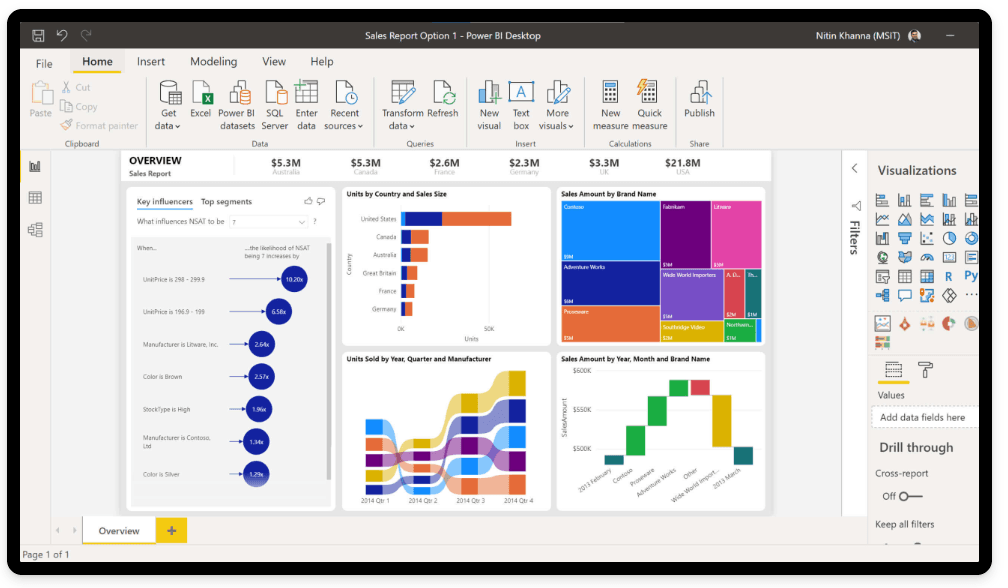
Pros and Cons
Pros:
- Integration: Power BI connects effortlessly with various data sources, including Excel and SQL databases.
- User-Friendly Interface: Its intuitive design allows you to create interactive dashboards without extensive training.
- Scalability: Suitable for both small businesses and large enterprises.
Cons:
- Complexity: Advanced features may require technical expertise.
- Cost: Premium features can be expensive for smaller organizations.
Tool 3: Tableau
Tableau is renowned for its robust data visualization capabilities. It empowers you to transform raw data into insightful visual stories, making it a favorite among non-technical users.
Website: https://www.tableau.com/
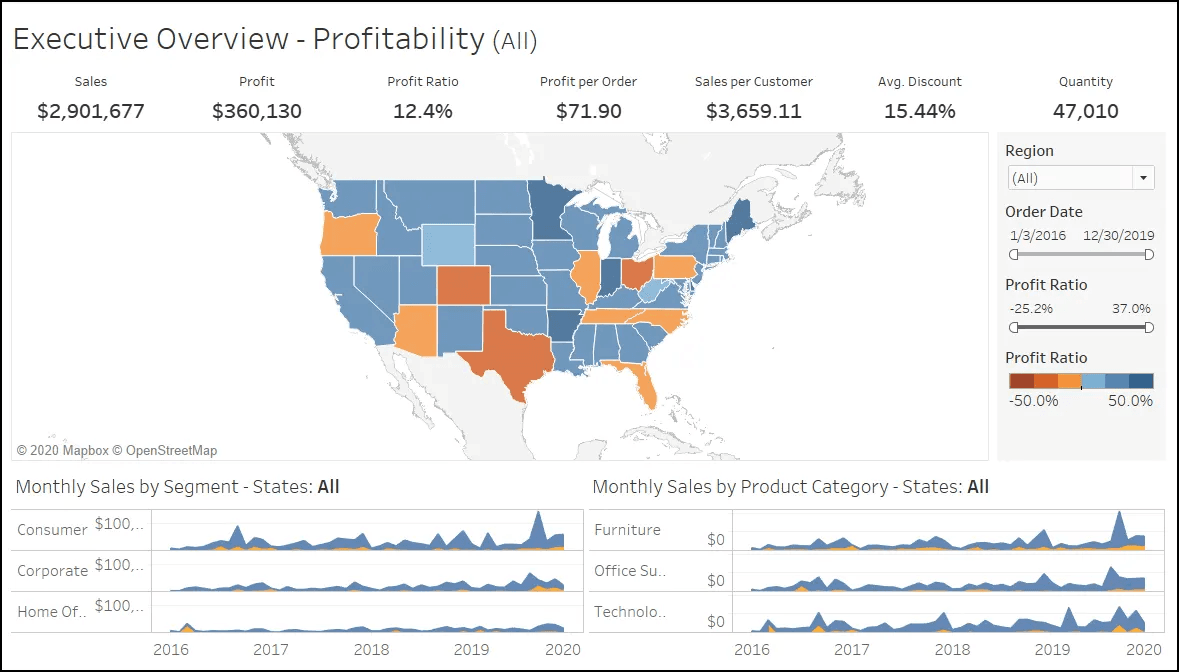
Pros and Cons
Pros:
- Ease of Use: Tableau's drag-and-drop interface simplifies the creation of complex visualizations.
- Community Support: A large user community provides extensive resources and support.
- Versatility: It supports a wide range of data sources and formats.
Cons:
- Cost: Tableau can be pricey, especially for small businesses.
- Performance: Handling large datasets may affect performance.
By comparing these top software reporting tools, you can identify the one that best aligns with your business needs. Whether you prioritize customization, integration, or visualization, each tool offers unique advantages to enhance your data-driven strategies.
Key Considerations When Choosing Software Reporting Tools
Choosing the right software reporting tool requires careful evaluation of several key factors. These considerations ensure that the tool aligns with your business objectives and enhances your data-driven strategies.
Budget of Software Reporting Tools
Cost vs. Value
When selecting a software reporting tool, it's essential to weigh the cost against the value it delivers. Some tools offer basic features at a lower price point, while others provide advanced capabilities at a higher cost. Consider your budget alongside the specific functionalities you require. A tool that offers excellent value will enhance your reporting capabilities without placing undue strain on your finances. Look for solutions with flexible pricing plans that allow for scalability as your business evolves.
Usability of Software Reporting Tools
User Interface and Experience
Usability is a critical factor in the effectiveness of any reporting tool. A user-friendly interface ensures that users can navigate the tool with ease and create reports without requiring extensive training. Renowned platforms like Tableau and Microsoft Power BI are celebrated for their intuitive designs, making them accessible to users across various levels of technical expertise. Evaluate the user experience by assessing how quickly you can learn to use the tool and how efficiently you can perform tasks. A well-designed interface will not only save you time but also minimize frustration, leading to a more productive reporting process.
Integration of Software Reporting Tools
Compatibility with Existing Systems
Integration capabilities are another vital consideration when selecting software reporting tools. The ideal tool should seamlessly connect with your existing systems and data sources, enabling you to access and analyze data from multiple platforms without the need for manual data entry. Tools like FineReport and Power BI excel in integrating with diverse data sources, providing a cohesive view of your information. Assess the tool's compatibility with your current software and databases to ensure smooth operations and comprehensive reporting.
By considering these factors—budget, usability, and integration—you can choose software reporting tools that meet your business needs and supports your data-driven goals. Each factor plays a significant role in ensuring that the tool enhances your reporting capabilities and contributes to your organization's success.
Choosing the right software reporting tool is crucial for your business success. It ensures that you can efficiently transform data into actionable insights. Consider your personal needs and preferences when selecting a tool. Look for one that aligns with your capabilities and offers excellent customer support.
The landscape of software reporting tools continues to evolve. Stay informed and adaptable to leverage the best tools available for your data-driven strategies.
FAQs of Software Reporting Tools
How to choose the right tool?
Choosing the right software reporting tool involves several key steps:
Identify Your Needs: Determine what you need from a reporting tool. Consider factors like data sources, report types, and user access levels.
Evaluate Features: Look for essential features such as data integration, customization, and automation. Tools like ClearPoint offer unique capabilities to link projects with goals, providing a dynamic view of your strategy.
Consider Usability: Ensure the tool is user-friendly. A tool with an intuitive interface will save time and reduce frustration.
Check Integration: Make sure the tool integrates seamlessly with your existing systems. This ensures smooth data flow and comprehensive reporting.
Assess Cost: Balance the cost against the value provided. Some tools offer flexible pricing plans to fit different budgets.
What features are essential?
When selecting a reporting tool, focus on these essential features:
Data Integration: The ability to pull data from multiple sources is crucial. Tools like FineDataLink excel in automating data collection and conversion into visual reports.
Customization: You should be able to tailor reports to match your organization's needs and branding. This flexibility enhances the relevance and impact of your reports.
Automation: Automation reduces repetitive tasks and saves time. Look for tools with built-in automation to streamline your reporting process.
Visualization: Effective data visualization helps in understanding trends and insights. Choose tools that offer diverse visualization options to present data clearly.
By focusing on these aspects, you can select a reporting tool that aligns with your business goals and enhances your data-driven strategies.
Continue Reading About Software Reporting Tools
Top 12 OLAP Tools for Business Intelligence—Explore Now!
Top Client Reporting Tools for Agencies in 2025!

The Author
Lewis
Senior Data Analyst at FanRuan
Related Articles

Understanding The Types of Tables in Data Management
Types of tables in data management include data, relational, decision, HTML, and pivot tables, each serving unique roles in organizing and analyzing data.
Lewis
Oct 13, 2025

What Columns VS Rows Means in Data Tables
Columns vs rows in data tables: columns organize data by attribute vertically, while rows store individual records horizontally for clear analysis.
Lewis
Oct 12, 2025
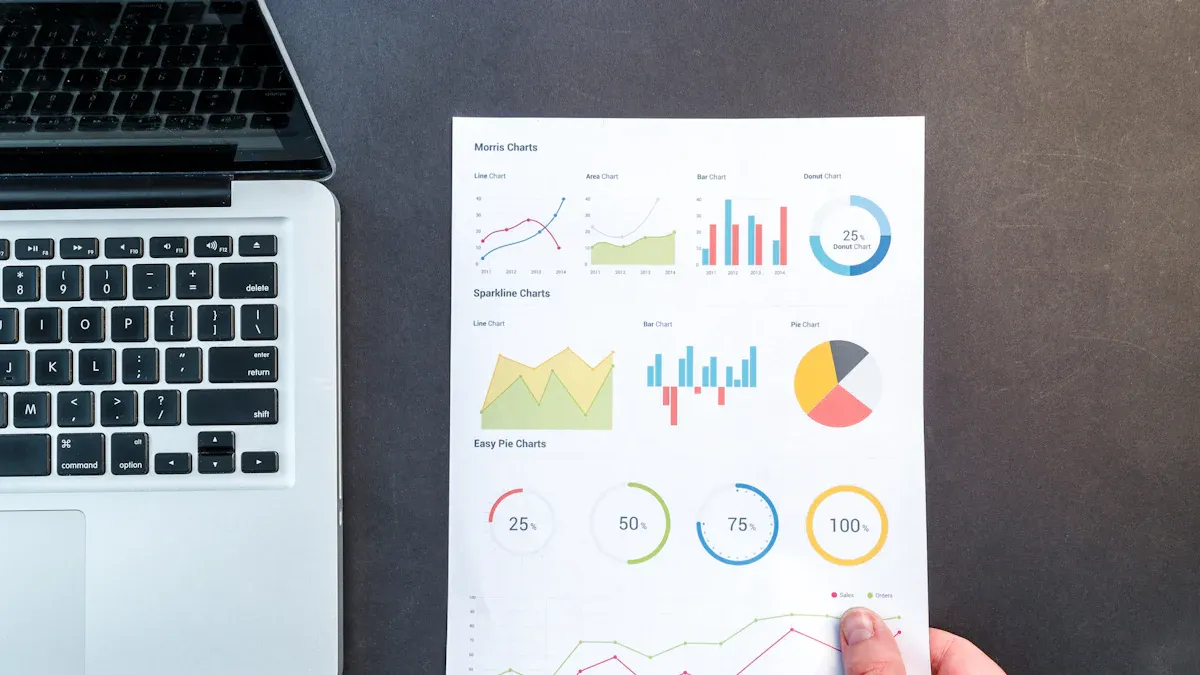
Oracle Reporting Tools and Their Key Functions
Oracle reporting tools offer real-time analytics, custom dashboards, and secure data integration for efficient business decision-making.
Lewis
Sep 25, 2025
